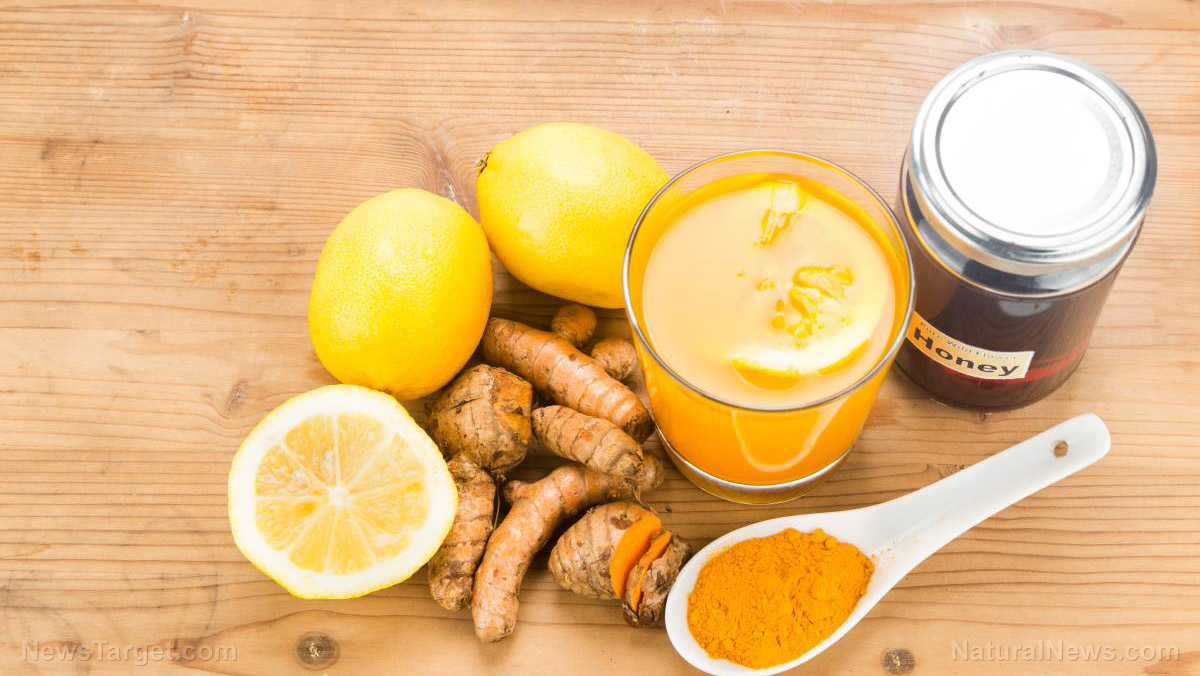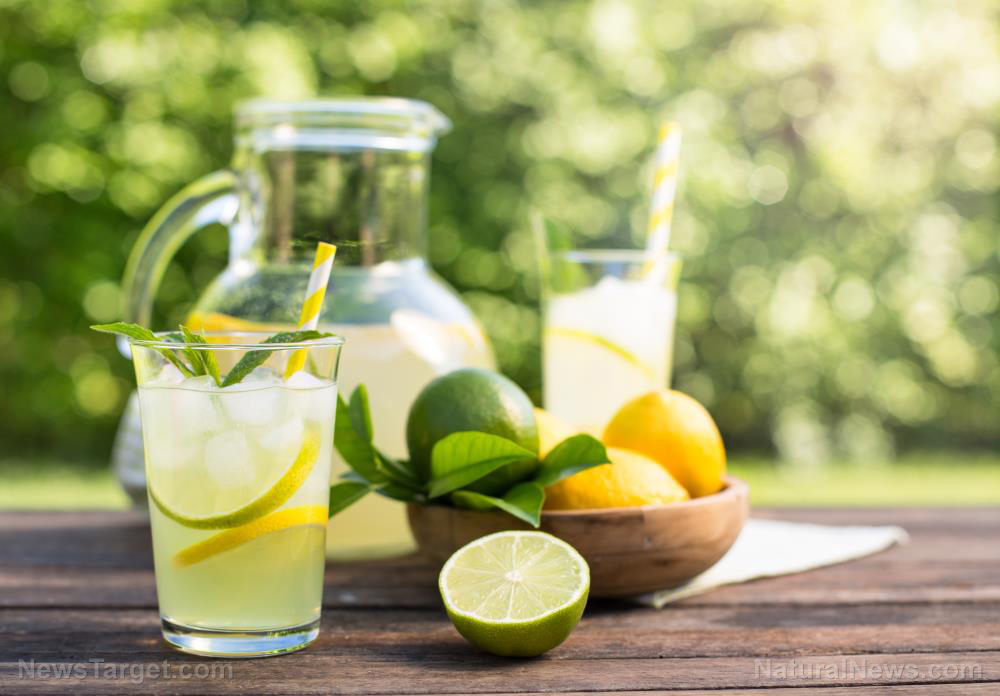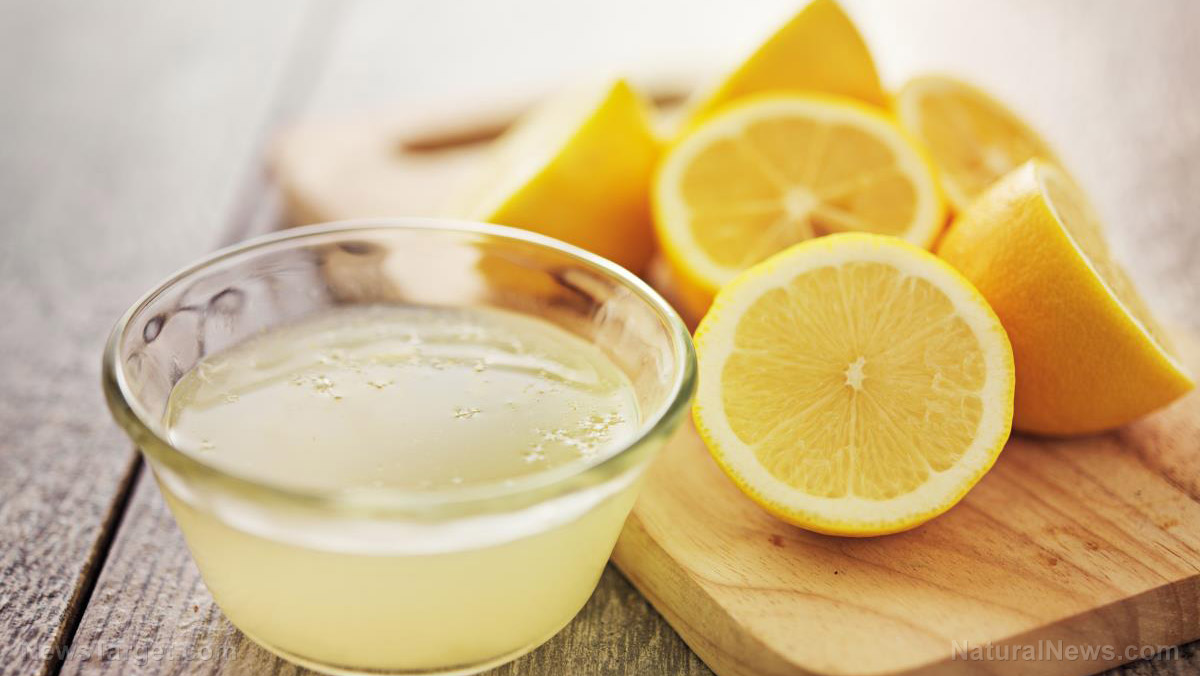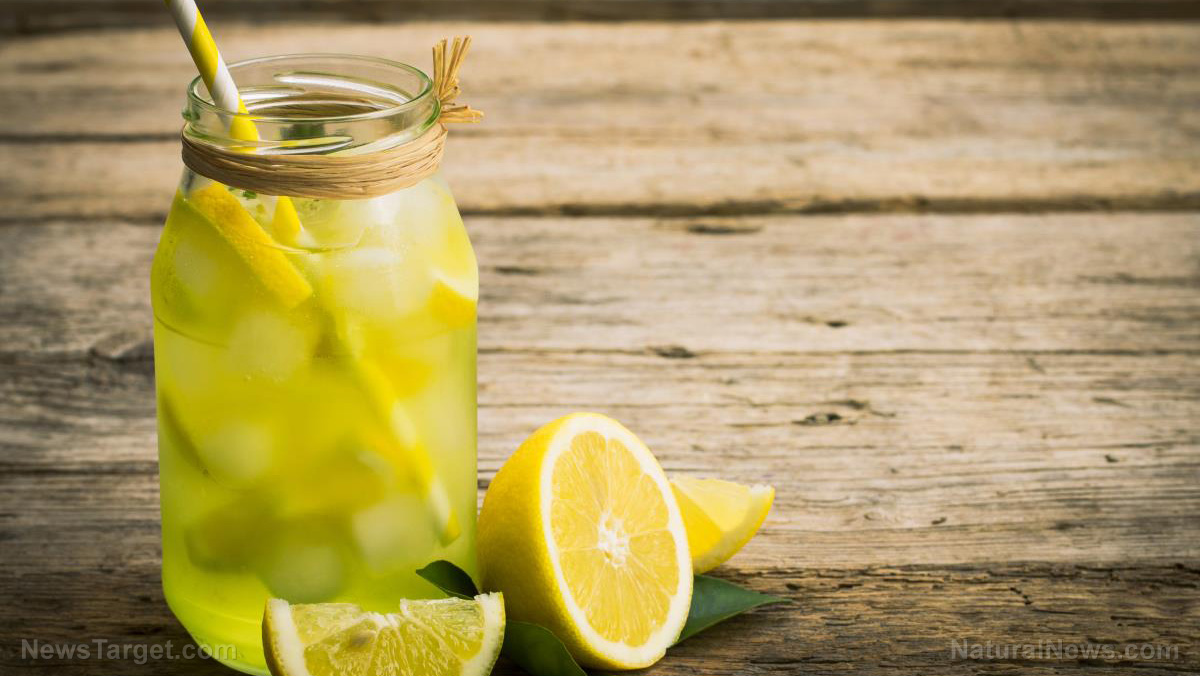
As a surfactant, rinse aid reduces the surface tension of the liquid it is dissolved in, meaning it makes water more likely to spread out or "sheet." This prevents water from forming into droplets and makes your dishes dry faster.
DIY dishwasher rinse aid recipes
Making your own rinse aid gives you control over what ingredients to use. It reduces toxins in your home and the environment and is an excellent way to become more self-sufficient. Plus, it can save you some money over time.
Try the following non-toxic rinse aid recipes: (h/t to WholeNewMom.com.)
White vinegar rinse aid
White vinegar is a popular cleaning and rinse agent that's great at eliminating germs and breaking down crusted residues. As a common kitchen item, it is widely available, extremely cheap and safe for use. You can also make your own vinegar at home.
For this rinse aid recipe, you need only the following ingredient:
- 1/4 to 1/2 cup of white vinegar
Here's how to use white vinegar as a rinse agent:
- Place a small cup on your dishwasher's top rack.
- Pour vinegar into the cup.
- Run your dishwasher as usual.
Depending on the position of the dishwasher's spray arms, much of the vinegar shouldn't get diluted very quickly. If it does, place the cup on the bottom of the dishwasher before the rinse cycle starts. Keep an eye on the dishwasher while it's running to check if the vinegar works better in this location.
Hydrogen peroxide rinse aid
Hydrogen peroxide is a mild antiseptic commonly used as a disinfectant. According to the Centers for Disease Control and Prevention, this antiseptic can eliminate a wide range of microorganisms, including bacteria, viruses, yeasts, spores and fungi.
The following ingredients are needed for this rinse aid recipe:
- Hydrogen peroxide
- Natural food coloring, such as turmeric-based food dye (optional)
Here's how to use hydrogen peroxide as a rinse agent:
- Fill your rinse aid compartment with hydrogen peroxide.
- Add a few drops of food coloring to see how much hydrogen peroxide is left.
- Run your dishwasher as usual.
Citric acid rinse aid
Citric acid is the naturally occurring acid that gives citrus fruits, such as lemons and limes, their tart, sour taste. It is commonly used as a flavoring and preservative but is also used as a disinfectant.
You'll need the following ingredients for this rinse aid recipe:
- 2 cups citric acid from citrus fruits
- 5 to 10 drops essential oil
Follow the steps below to make the solution:
- Mix all ingredients and store them in a jar.
- Add a tablespoon of the mixture to the rinse aid compartment.
- Run the dishwasher as usual.
Take note that citric acid can get clumpy if stored in a humid environment. To prevent this, take a tablespoon or so of bentonite clay and put it in a baby sock or small cloth. Seal with a rubber band and keep inside the jar with the solution. The bentonite clay should absorb moisture. (Related: Homesteading hacks: Non-toxic DIY glass and window cleaner.)
Making your own rinse aid reduces your family's exposure to toxins and saves you a good deal of money over the long haul. And as with all homemade projects, it makes you more self-sufficient. Visit Homesteading.news for more homemade recipes like these.
Sources include:
Please contact us for more information.






















